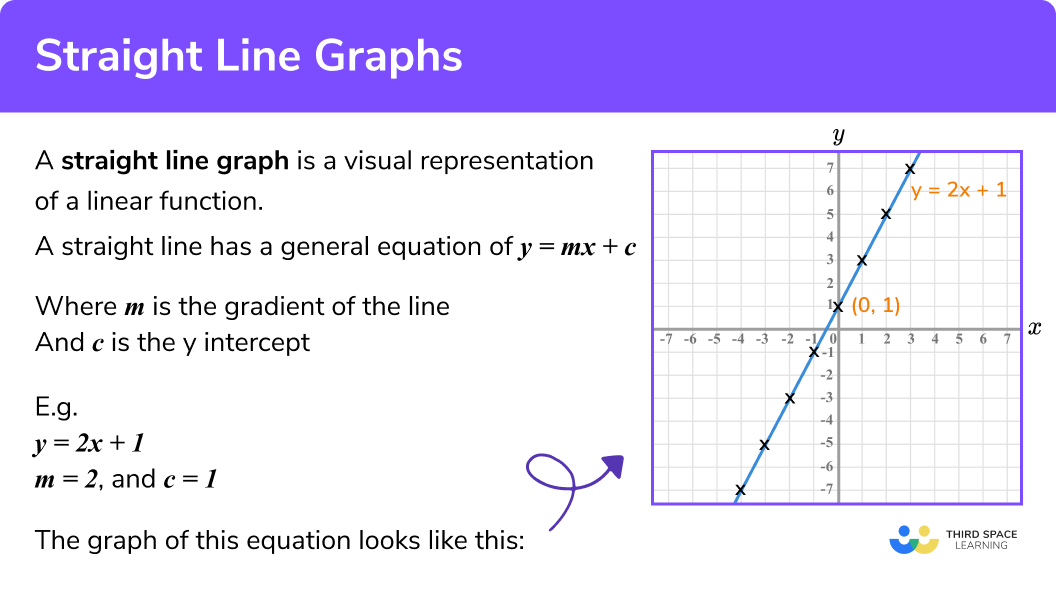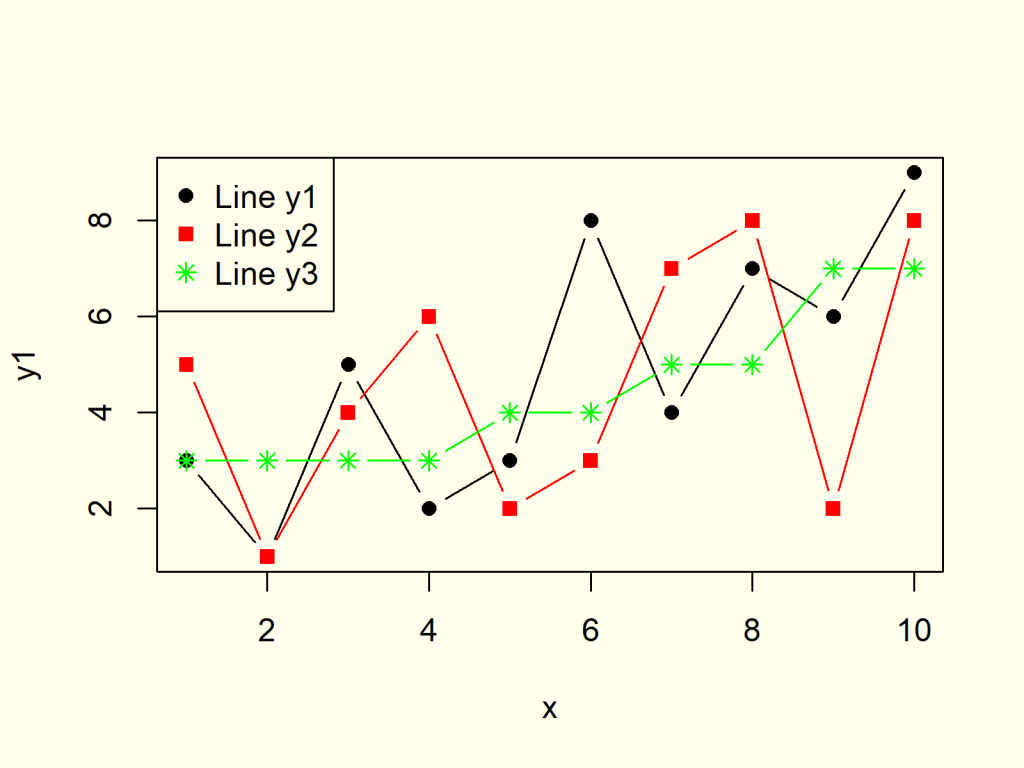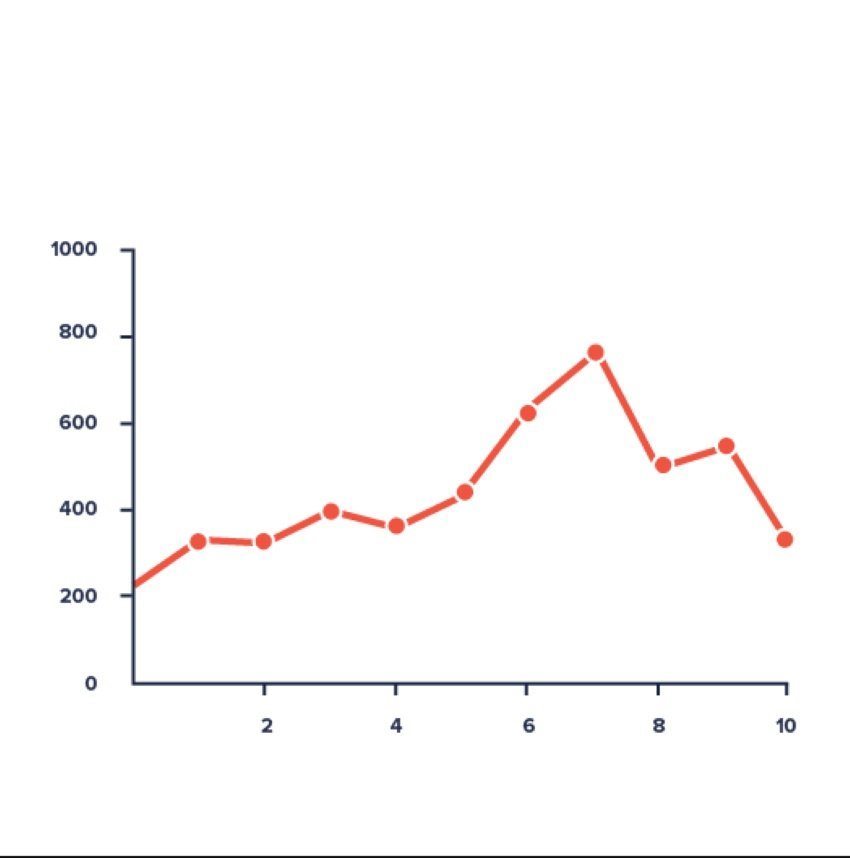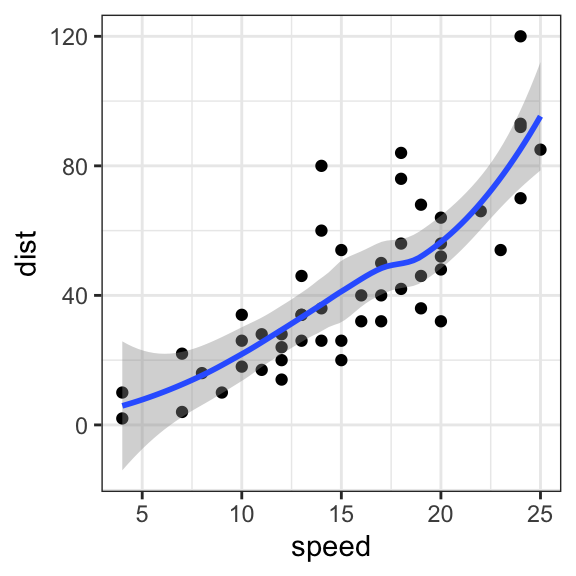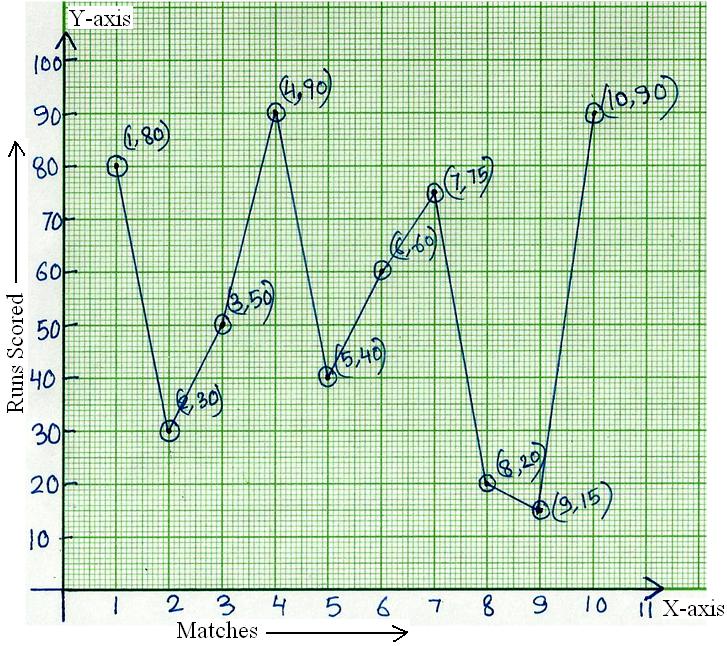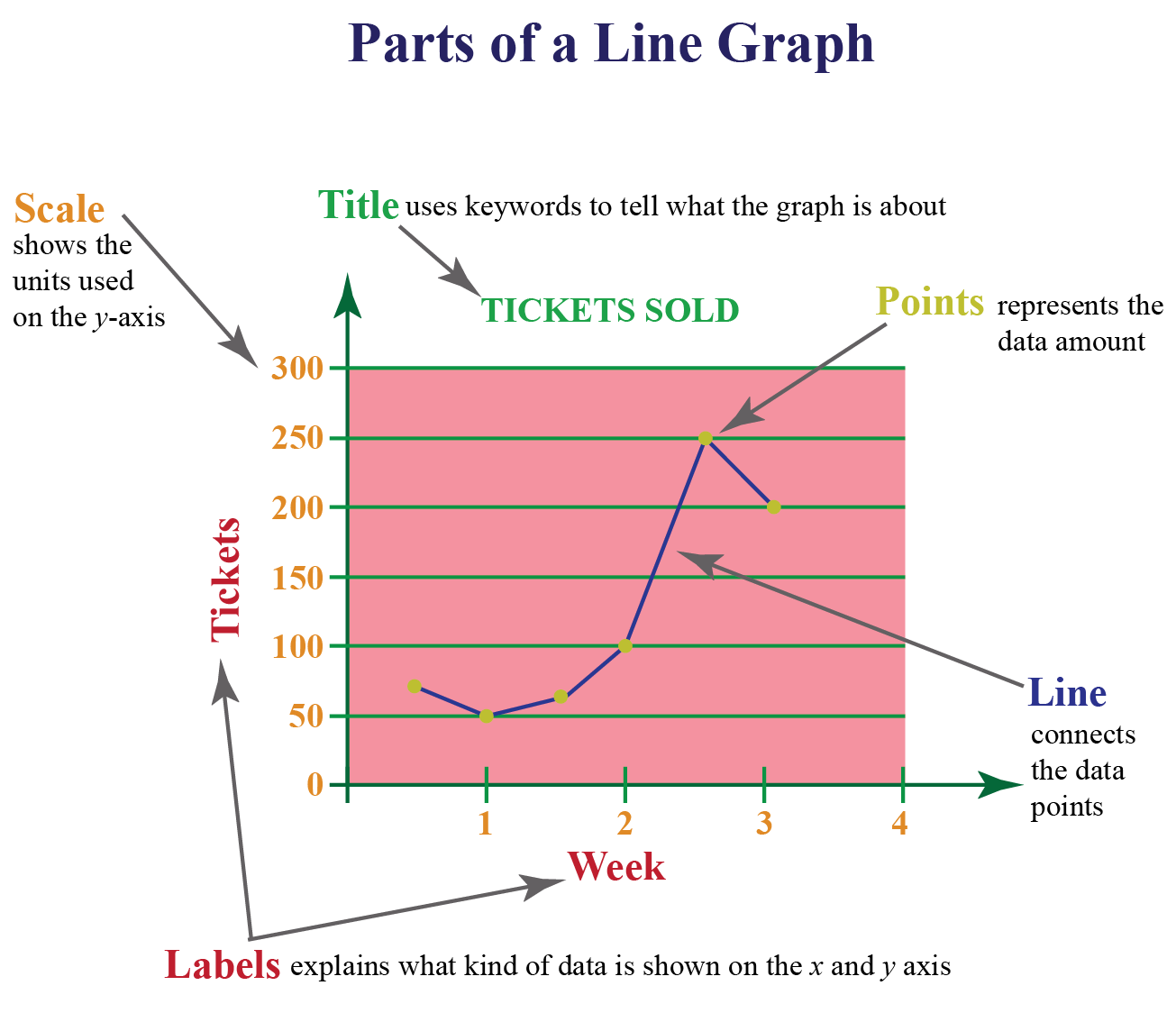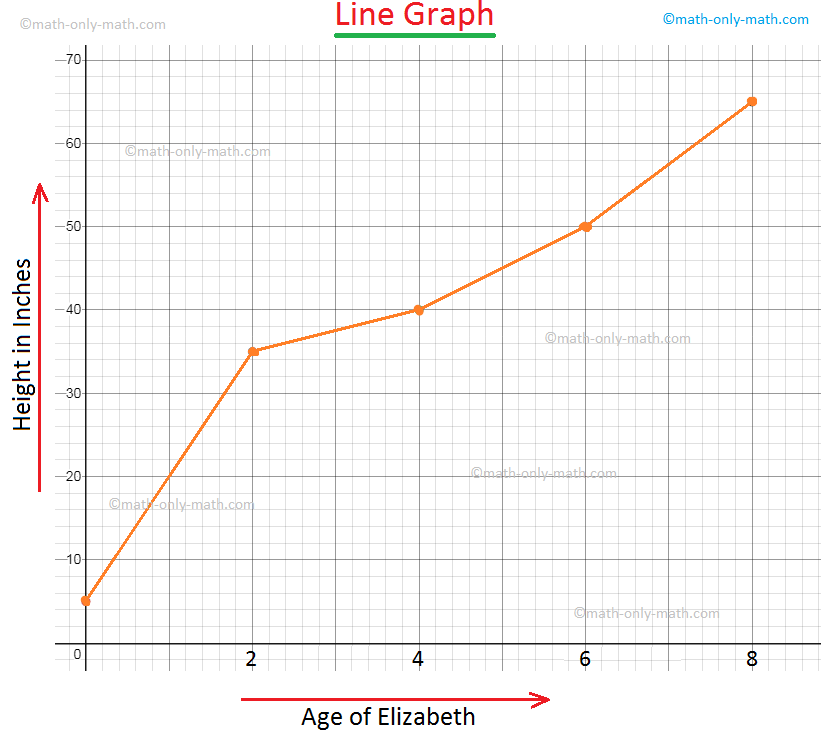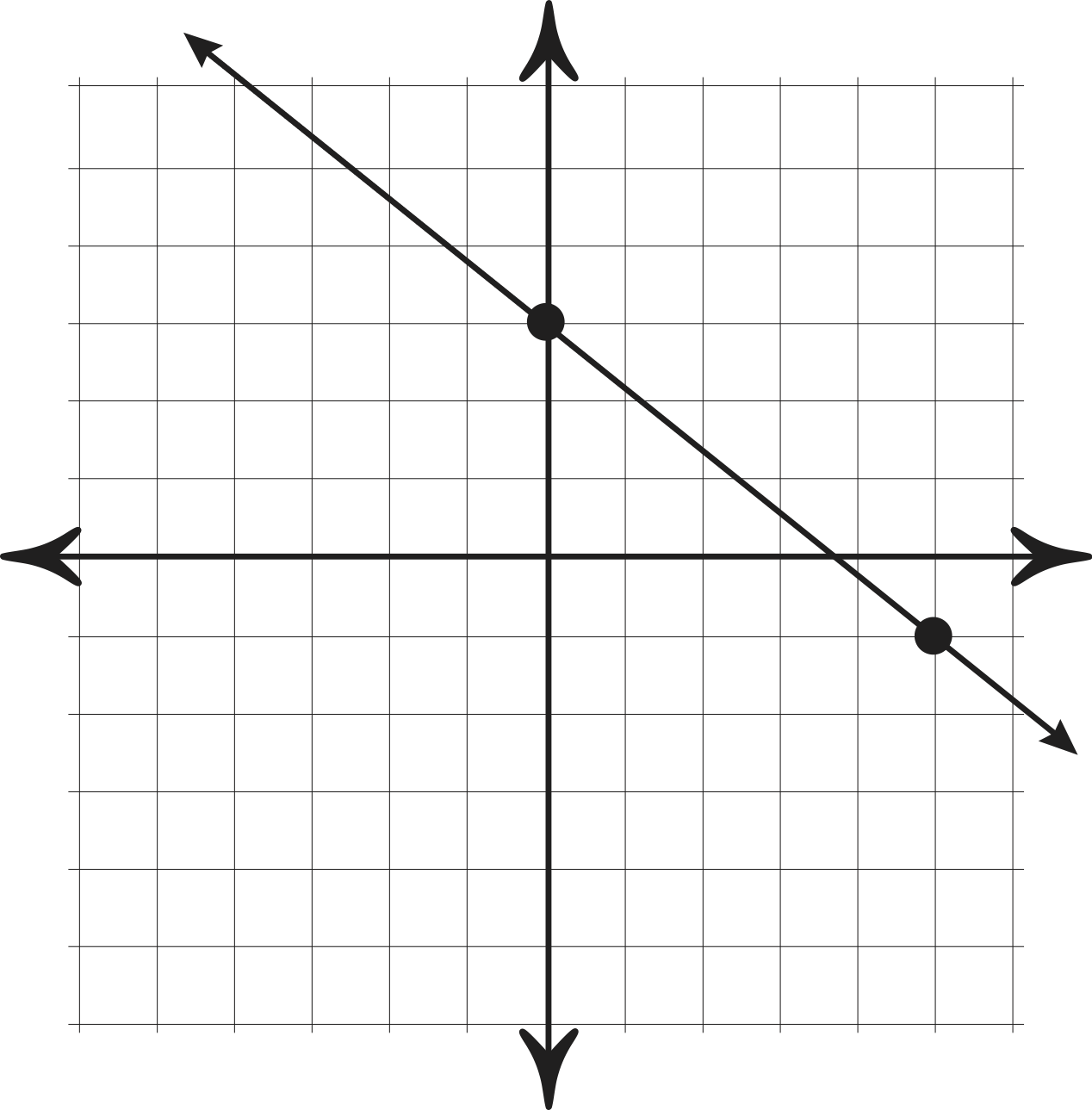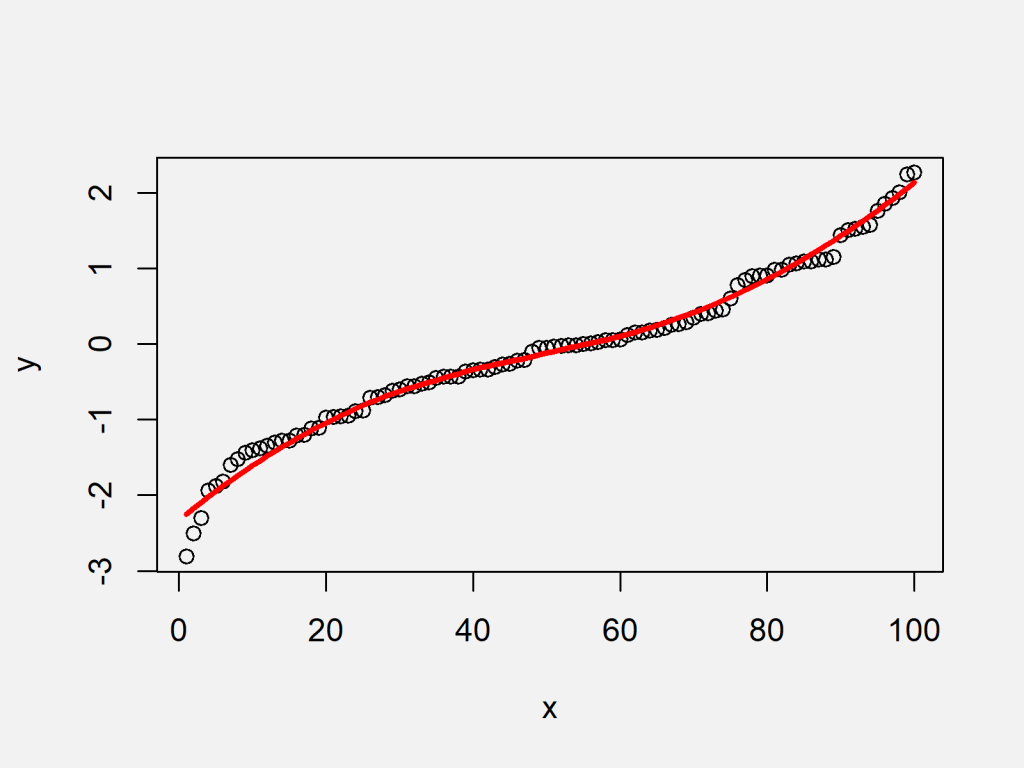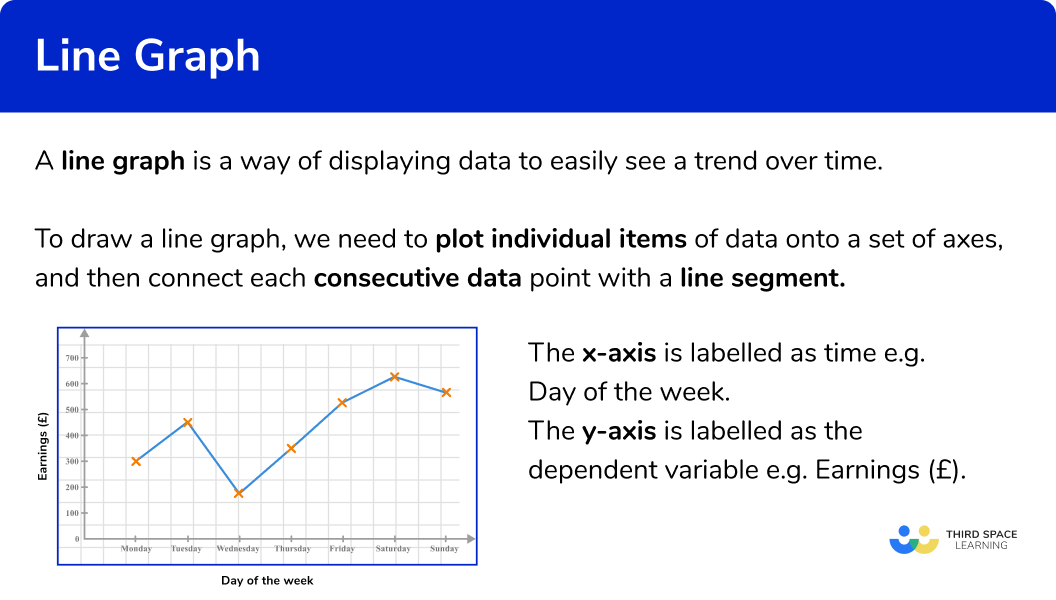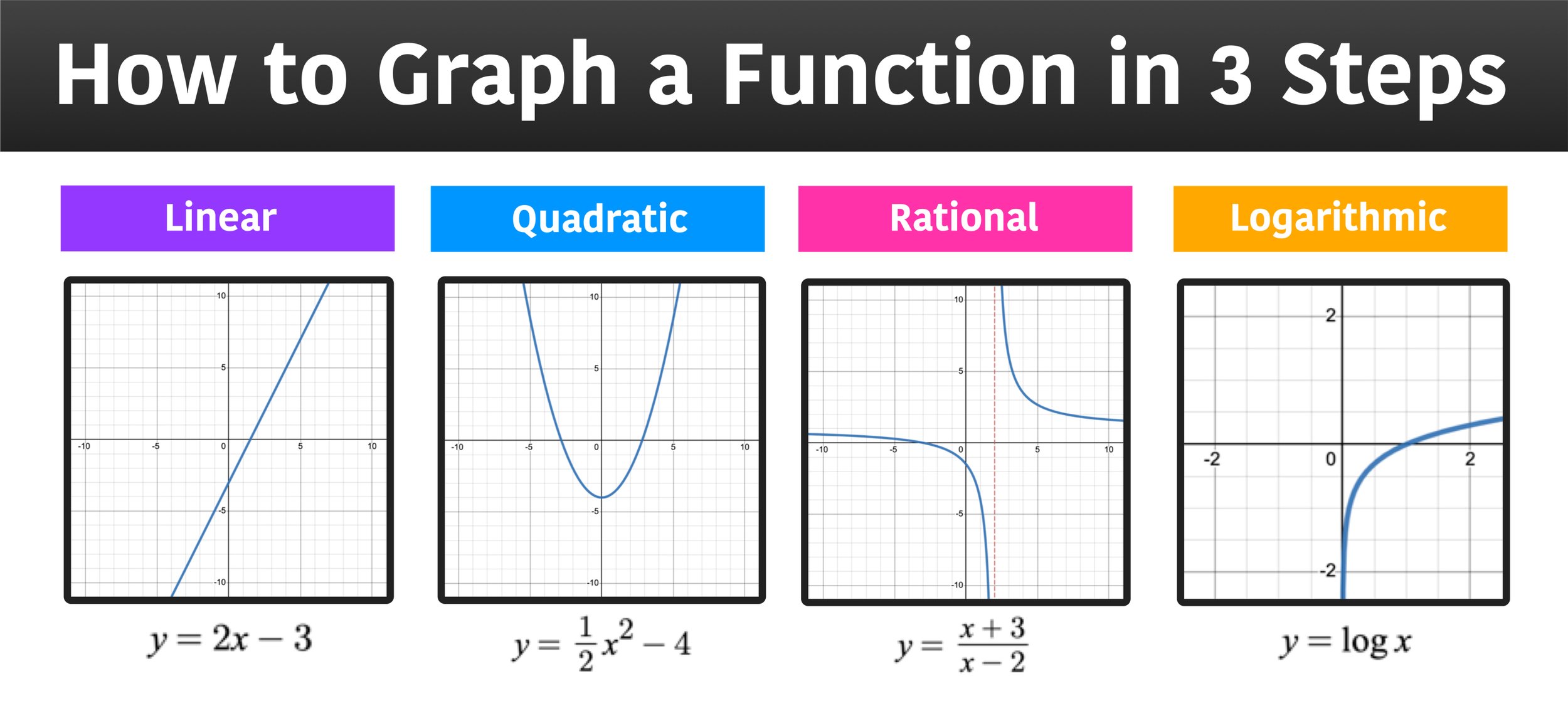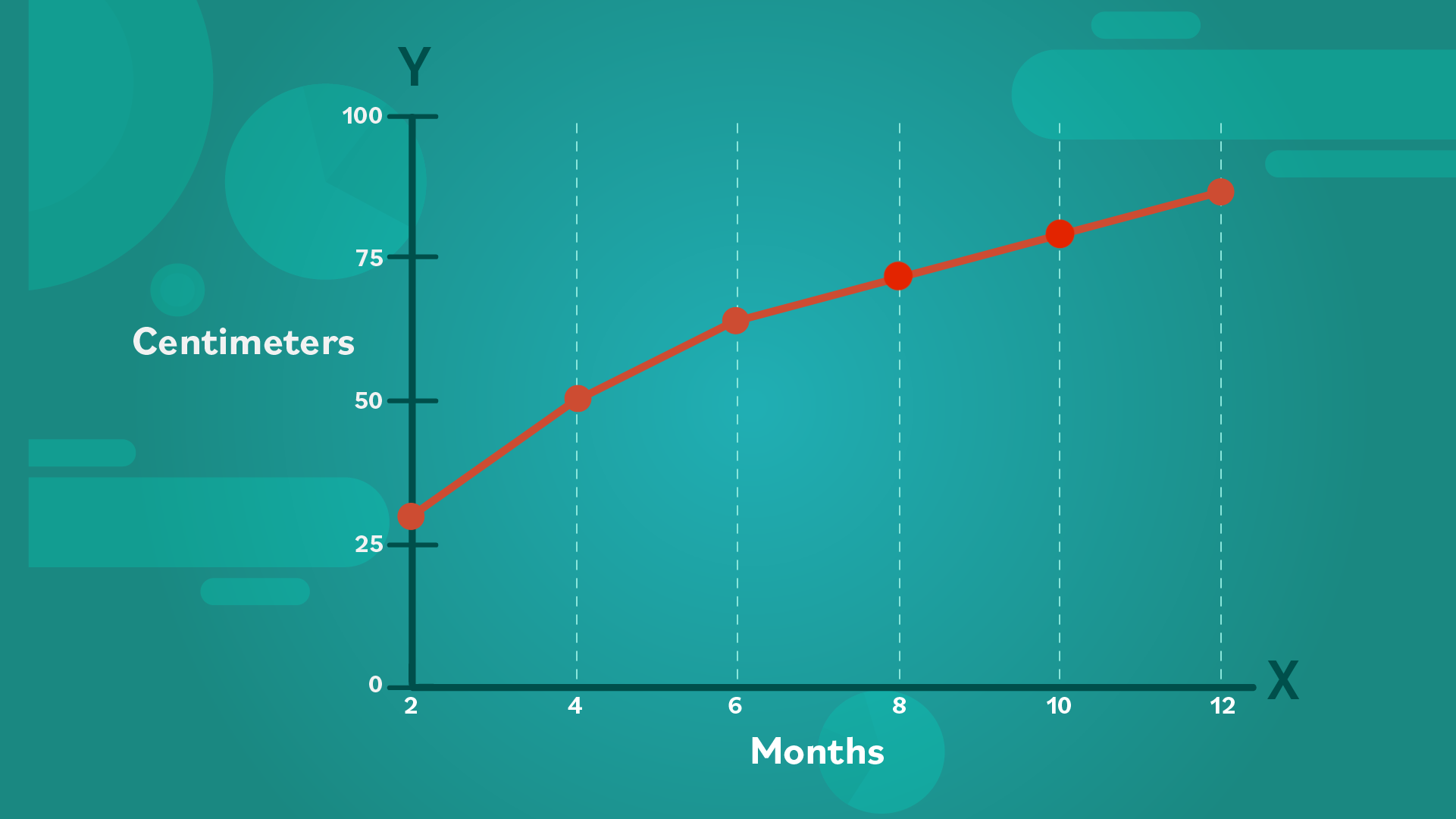Nice Tips About How Do You Smooth A Line On Graph To Add Lines In Excel

Xnew = np.linspace(t.min(), t.max(), 300).
How do you smooth a line on a graph. The following examples show how to use each method in practice with the following line chart that shows the total sales made at some company during 20 consecutive months: When this option is selected, it will make the chart lines look smooth, as compared to the pointed edges you get otherwise. # 300 represents number of points to make between t.min and t.max.
First, highlight cells in the b4:d14 range. Power_smooth = spline(t, power, xnew) plt.plot(xnew,power_smooth) plt.show() Make the line in your line series chart smooth.
By specifying add=loess, you will get a smoothed line through your data. The graph on your sheet will update immediately to the new chart type. There are two ways to create a smooth line chart in excel:
Choose the fill and line option (pouring bucket) at the bottom tick the smoothed line option. Move down to the line options and pick the one you want from a standard or smooth line chart. This is awesome, because it adds a nice touch of flare and chang.
Following is the python script to generate a plot using matplotlib. This will help us to create a smooth line chart easily. Line charts help visualize changes over time for continuous data.
In the link above you can find more possibilities with this function. Y = sin(2*pi*f*t) + 0.6*randn(size(t)); In this tutorial, i show you how you can adjust your line chart so it looks smooth and wavy!
Below is an example of a chart where the lines have been made smooth. Right click on the jagged line; Choose the format data series;
You don't have to remember what indices refer to which dates (e.g. Subplot(411) plot(y), title('noisy signal') % smoothed. Go to the insert tab.
Here is a reproducible example using the mtcars dataset: Smooth out the original line. From there, you can customize it if you like.
Make sure your group of data is displayed in a clean and tidy manner. Smoothing is not a method of data analysis, but is purely a way to create a more attractive graph. A straight line suggests that the value between the two measurements increased linearly, while a curved line suggests otherwise.
